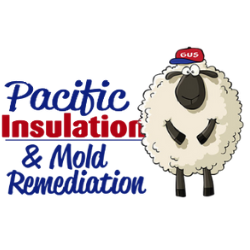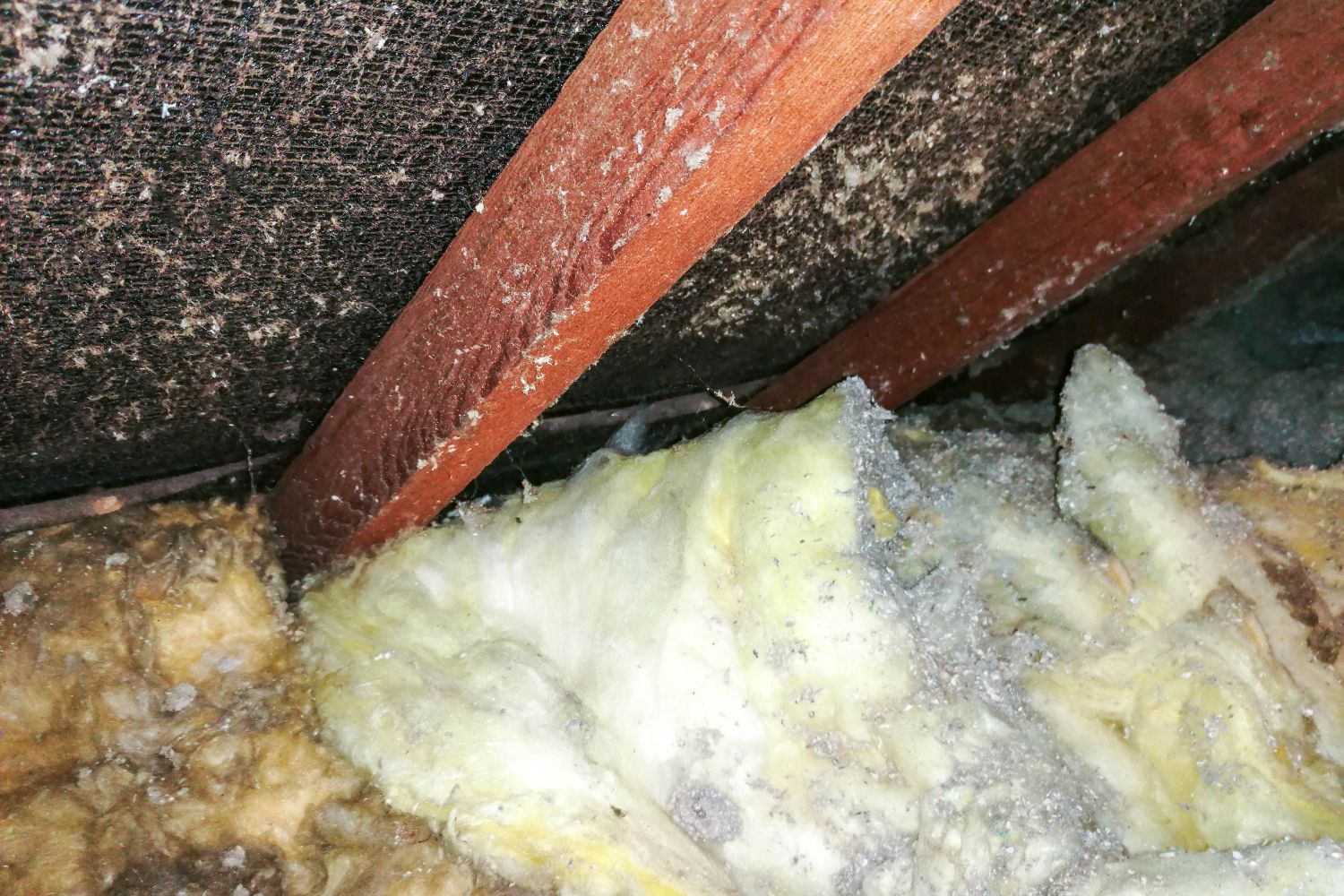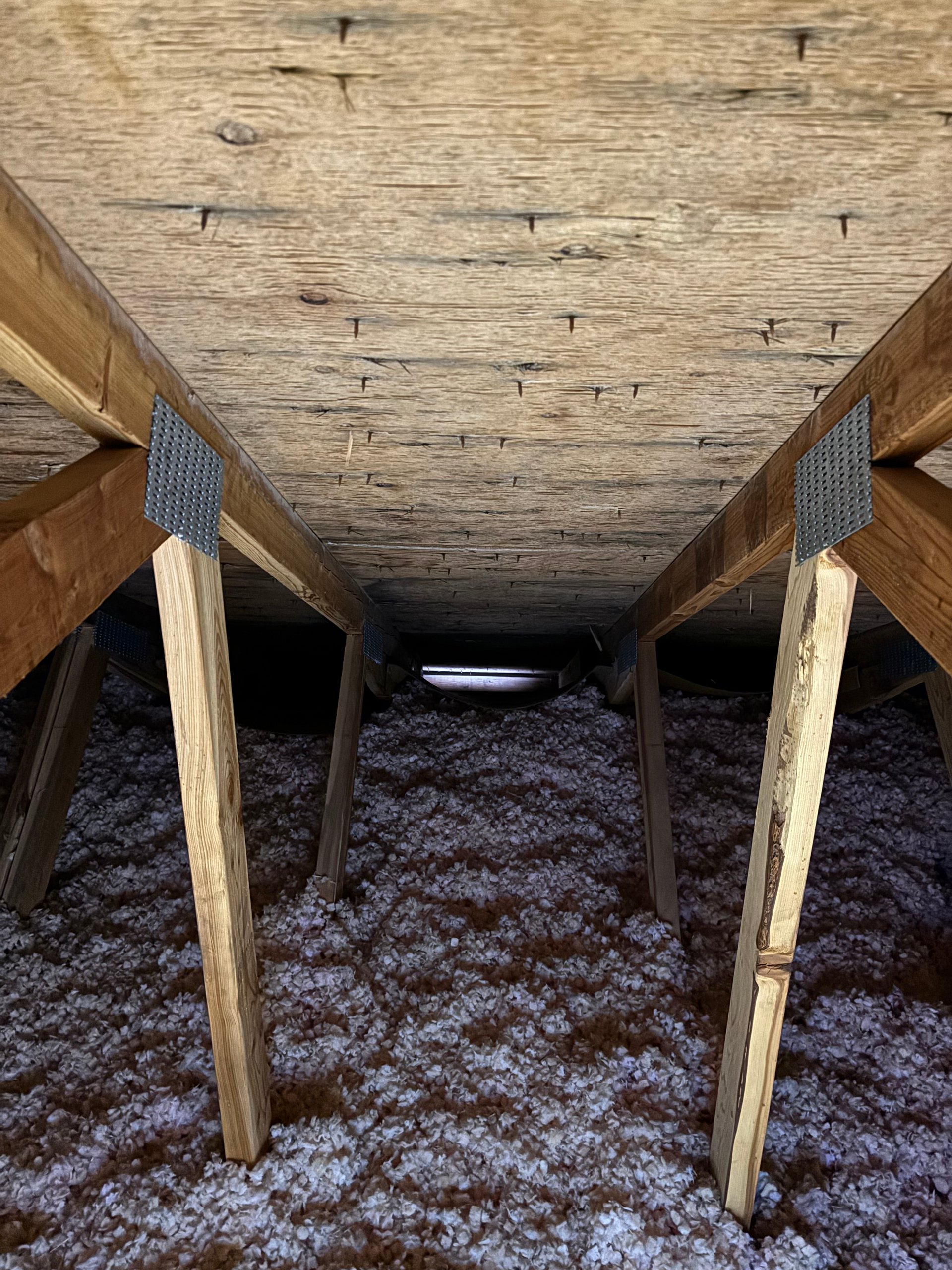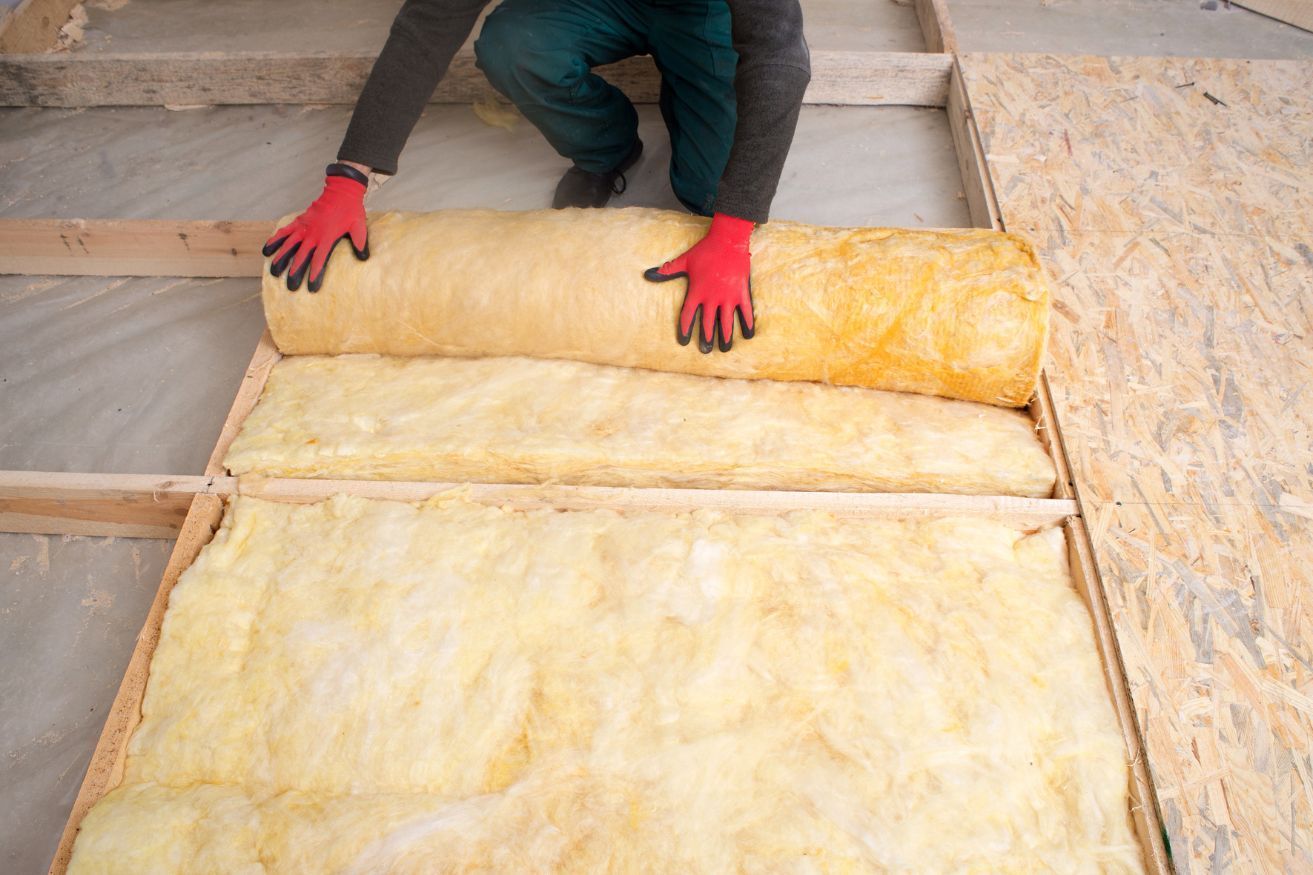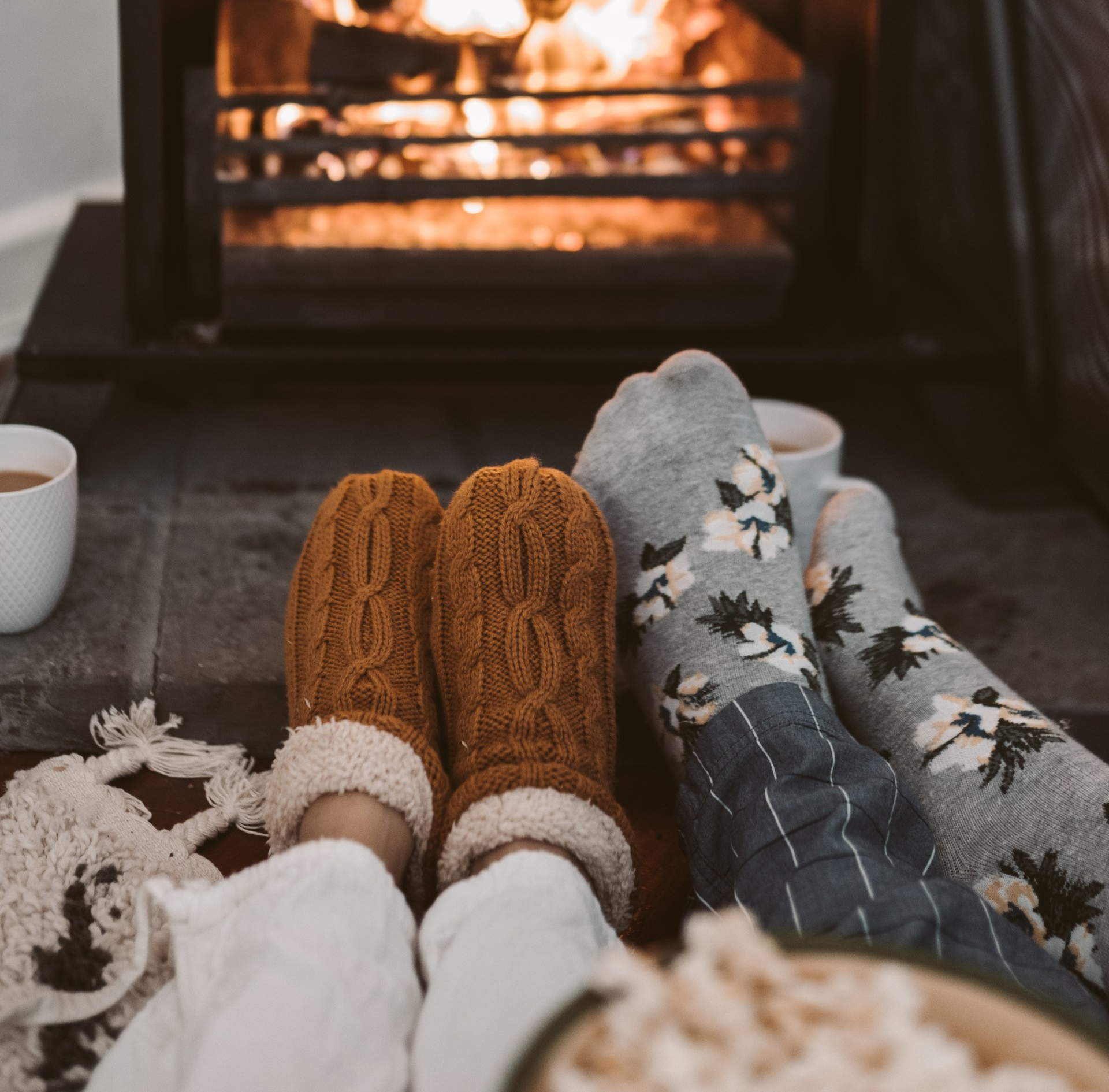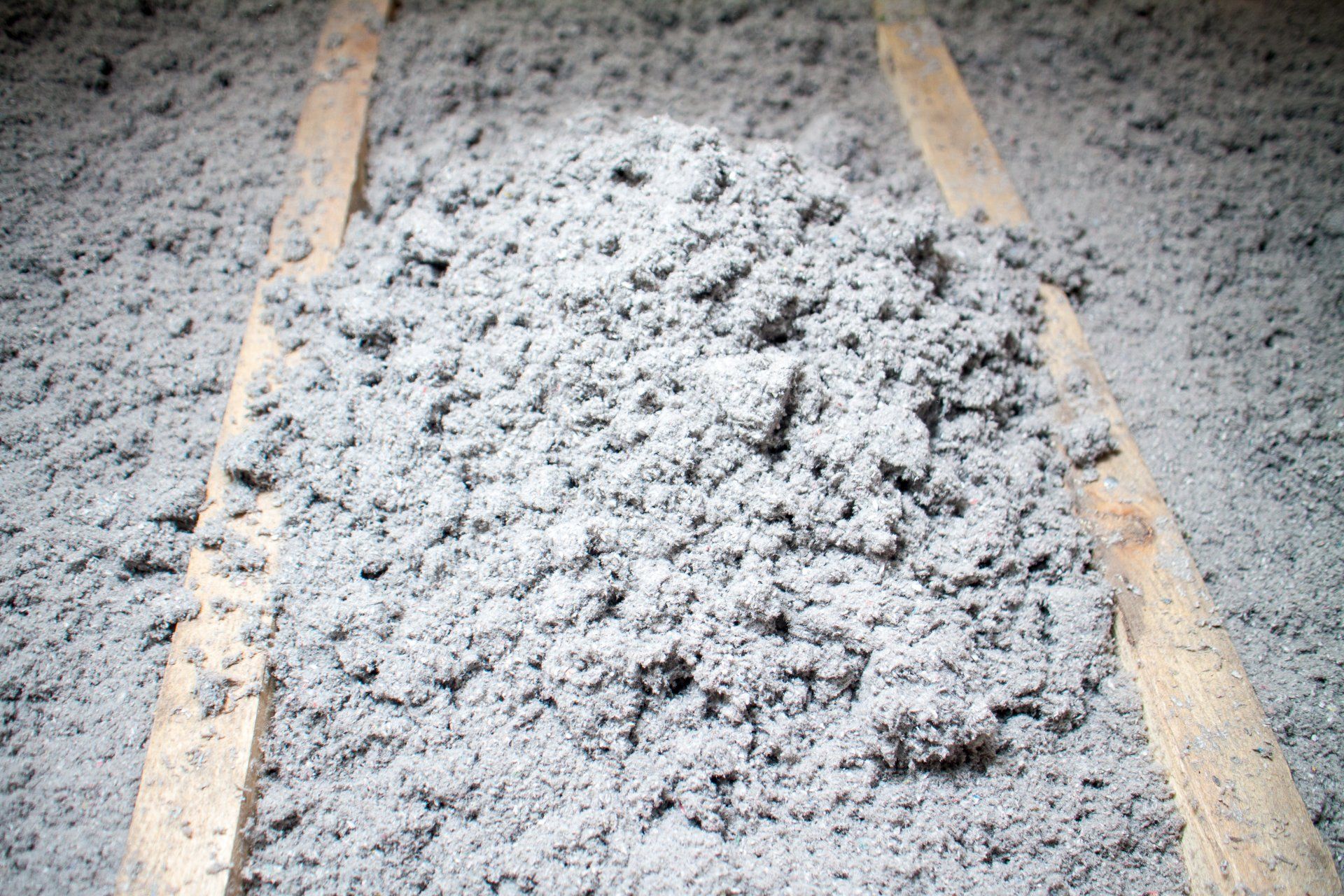Does attic insulation help in the summer?
Yes, attic insulation absolutely helps in the summer! It plays a crucial role in reducing heat gain, improving indoor comfort, and lowering cooling costs. Here’s how and why:
How Attic Insulation Helps in Summer
- Blocks Heat Transfer:
- During summer, the sun heats up the roof, and without proper insulation, that heat radiates into the attic and then into your home. Insulation slows this heat transfer by creating a thermal barrier, keeping your living spaces cooler.
- Reduces Cooling Load:
- Insulation helps maintain cooler indoor temperatures, meaning your air conditioner doesn’t have to work as hard to compensate for heat entering from the attic.
- Minimizes Air Leakage:
- Proper insulation, combined with sealing gaps, prevents hot attic air from infiltrating your home through cracks and openings, maintaining a more stable indoor environment.
Benefits of Attic Insulation in Summer
- Lower Energy Bills:
- With less heat entering your home, your air conditioner runs less frequently, reducing electricity consumption and cooling costs. Savings can range from 10-30%, depending on your climate and insulation level.
- Improved Comfort:
- Insulation keeps rooms cooler and prevents temperature fluctuations, especially in areas under the attic.
- Extends Roof and HVAC Life:
- Insulation reduces attic temperatures, which helps extend the lifespan of roofing materials and reduces wear on your air conditioning system.
- Protects Stored Items:
- If your attic is used for storage, insulation can help protect items from extreme heat, which can damage sensitive belongings like electronics or photographs.
Which Insulation Works Best for Summer?
- Blown-in Cellulose or Fiberglass:
- Effective at resisting heat transfer and easy to install in attics.
- Spray Foam Insulation:
- Provides excellent insulation and seals air leaks, keeping hot air out and cool air in.
- Radiant Barriers (Optional Addition):
- Reflective barriers installed in the attic can help reduce radiant heat gain, complementing insulation in hot climates.
How Much Insulation Do You Need?
The U.S. Department of Energy recommends attic insulation levels of R-38 to R-60 in most climates. The exact R-value you need depends on where you live:
- Hot Climates (Zones 1-3): R-38 to R-49.
- Temperate to Cold Climates (Zones 4-7): R-49 to R-60.
Signs Your Attic Needs Better Insulation in Summer
- Rooms below the attic are hotter than the rest of the house.
- Your air conditioner struggles to cool the home.
- High energy bills during summer months.
- Uneven indoor temperatures.
Conclusion
Attic insulation is just as important in the summer as it is in winter. It reduces heat gain, improves indoor comfort, and saves on cooling costs. If you live in a hot climate or notice rising energy bills in summer, upgrading or adding insulation to your attic is a smart and cost-effective investment.
